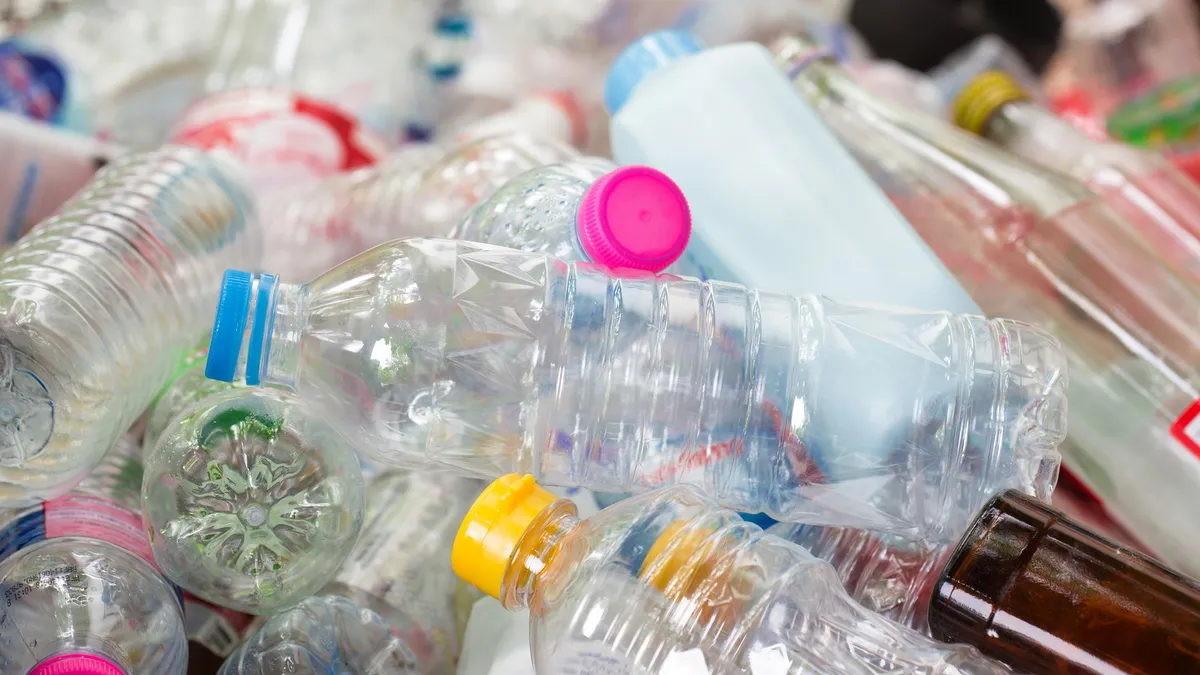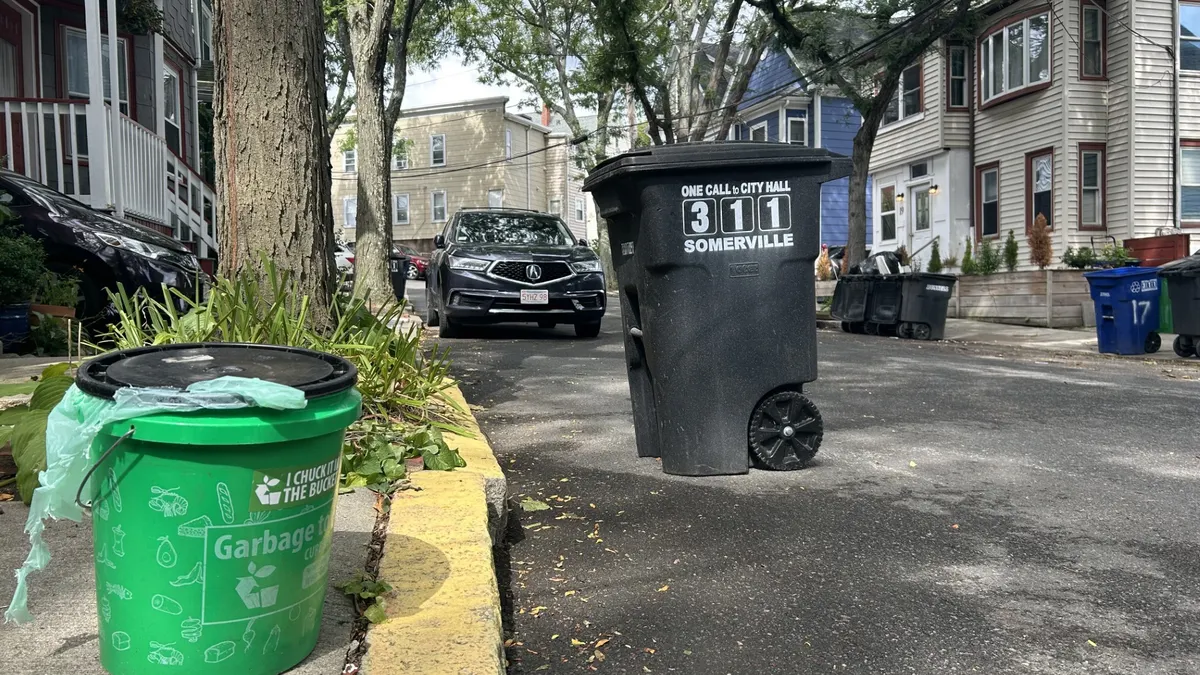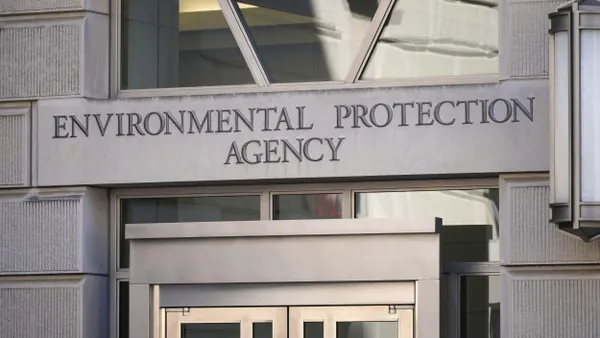Dive Brief:
- Connecticut's beverage container redemption rate rose from 44% in 2023 to 65% in 2024 due to “significant deposit return system program improvements” phased in over the last few years, according to data from the Container Recycling Institute.
- Key updates to Connecticut’s program have helped boost the redemption rate, all stemming from a law passed in 2021, CRI said. That law called for doubling the deposit value from 5 to 10 cents, adding more kinds of beverages to the program and raising handling fees for retailers and redemption centers, and creating a $5 million grant program to set up additional redemption centers, among other updates.
- Meanwhile, beverage container redemption rates in five other states dropped by between 1% and 3%, while New York’s rate went up 1% and rates did not change in California or Oregon, CRI said. On average across the U.S., redemption rates have dropped significantly in the last decade.
Dive Insight:
CRI, which tracks deposit return data for the 10 U.S. states with bottle bills, is a major proponent of deposit return systems as a way to raise recycling rates and collect cleaner materials.
Yet many of the older programs took effect in the 1970s and 1980s, and “with a few exceptions, they have not been maintained and improved enough since then to continue working as effectively as they should,” said CRI President Susan Collins in a news release.
These programs are less able to meet demand from new recycled content laws and less responsive to changing recycling streams and plastics reduction commitments from major brands, CRI said.
The main improvements the organization advocates for include higher container deposit values, more convenient return options for residents and expanded programs that cover more types of beverages.
Connecticut’s program was first enacted in 1978 and had few modern updates until 2021, when a significant law passed that phased in several notable changes between 2021 and 2024.
CRI says these combined updates led to volumes rising sequentially each quarter throughout 2024 as each change was introduced. In Q4 2024, more than 361 million containers were redeemed in the state, compared with 168 million in the first quarter of 2021.
Early changes focused on raising handling fees for redemption centers and creating a $5 million grant program to set up more redemption centers in underserved areas. There are now 30 open redemption centers, compared with 15 centers available in 2021 before the law passed, according to the Connecticut Department of Energy & Environmental Protection. The state also added reverse vending machines to 300 stores that previously didn’t have them, CRI said.
In 2024, Connecticut’s bottle deposit values doubled from 5 to 10 cents. Connecticut is one of three programs in the country, along with Michigan and Oregon, to offer a 10 cent redemption value for covered containers, CRI said.
After Oregon raised its redemption rate to 10 cents in 2017, the redemption rate climbed from 64% in 2016 to 86% in 2019. Oregon has the highest redemption rate in the country at 87%, CRI said.
“A nickel in 2025 is worth about a penny compared to the mid-1970s,” Collins said, adding that higher deposit values drive better financial incentives to return containers.
| State | Redemption rate change 2023-2024 |
| Hawai’i | -1% |
| Michigan | -3% |
| Massachusetts | -1% |
| New York | +1% |
| Maine | -3% |
| Connecticut | +21% |
| California | No change |
| Vermont | -2% |
| Oregon | No change |
CRI said it will continue to advocate for states to incorporate more updates and changes, including adding more types of beverages to programs. Bottled water is a big one, Collins said. Plastic bottled water sales increased nearly 28-fold from 1997 to 2023, CRI said, but bottle bill states like Massachusetts and Michigan don’t include bottled water in their programs.
Both states’ redemption rates have dropped by nearly 25 percentage points in the last decade, Collins said.
Meanwhile, in 2024, California added wine and spirits to its program, along with containers for larger sizes of 100% fruit and vegetable juices. CRI cited CalRecycle data showing 1.5 billion more deposit beverage containers collected for recycling in 2024 compared with 2023.
States will continue to introduce new and updated container deposit legislation in the coming years, Collins said. The first half of 2025 saw higher-than-average bottle bill activity with bills introduced in six states, she said. Texas’s bottle bill legislation got the furthest along in the process compared with other Texas bottle bills from recent years, but the legislature ran out of time to consider the bill before the end of the session. Meanwhile, a bill in Rhode Island originally meant to establish a container deposit system was rewritten and passed as a study bill.











